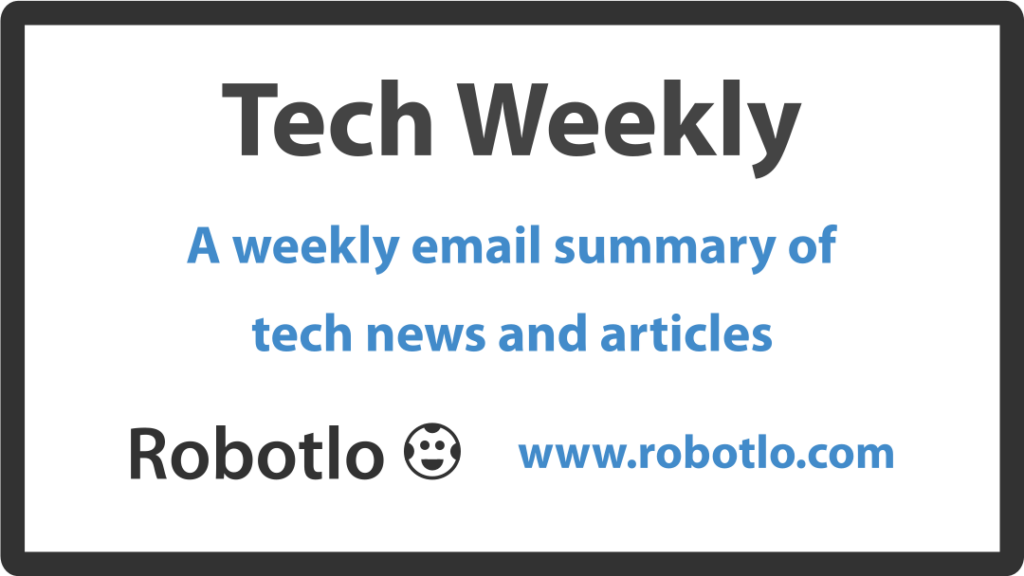
June, 2016
Get help to make life better

June, 2016
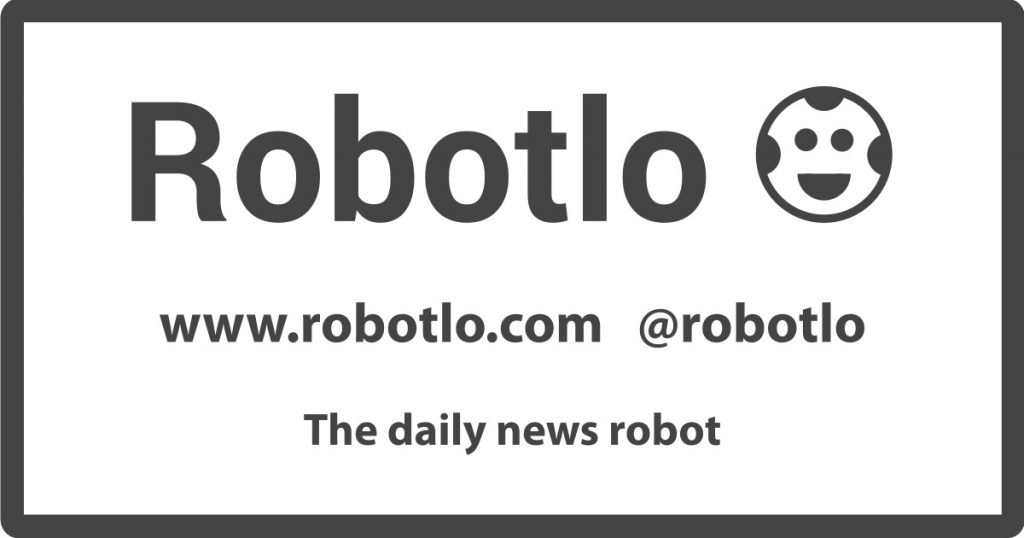
June, 2016
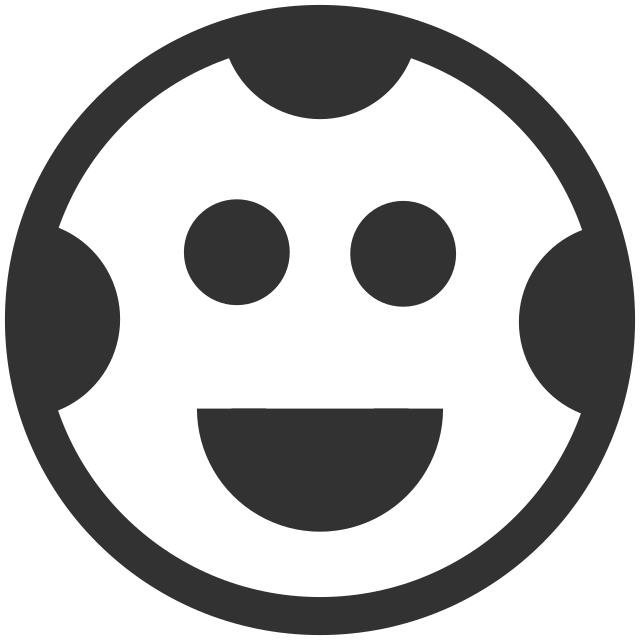
June, 2016
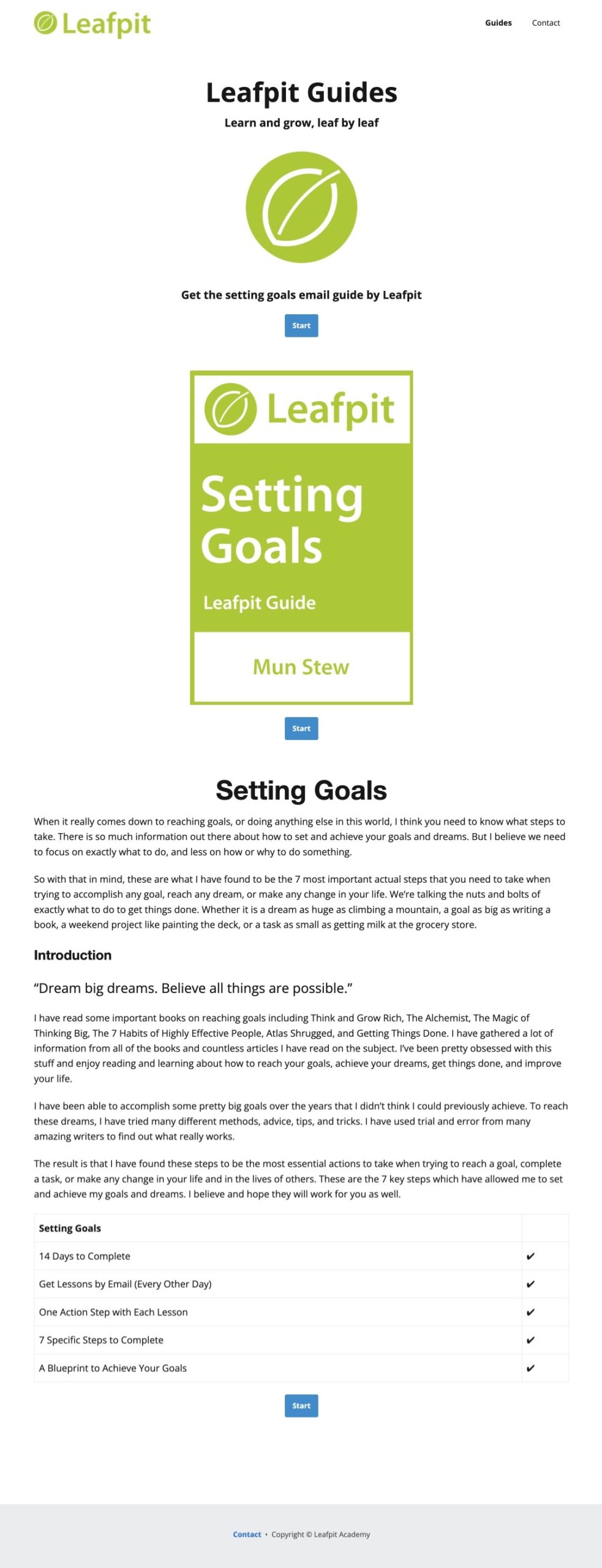
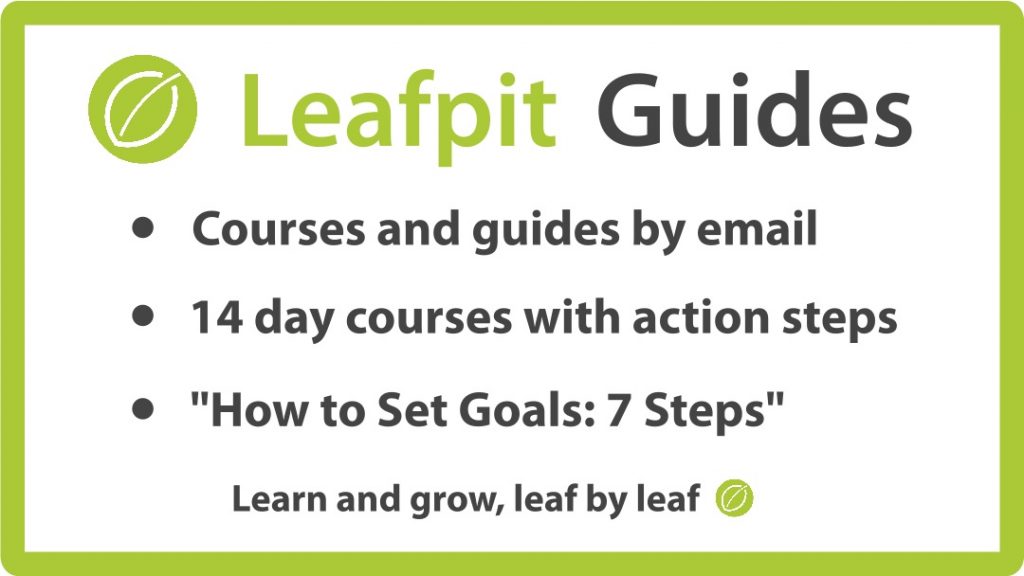
May, 2016
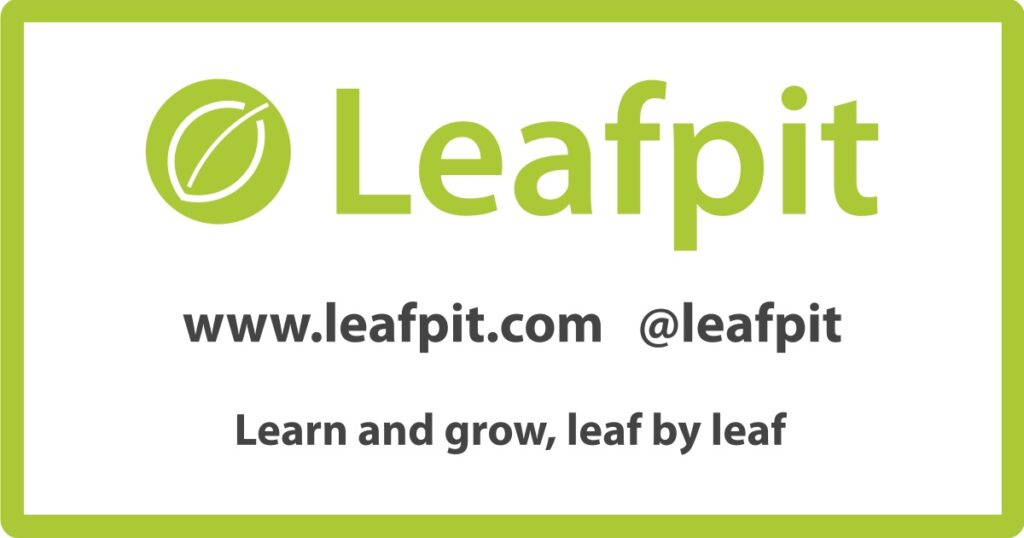
May, 2016
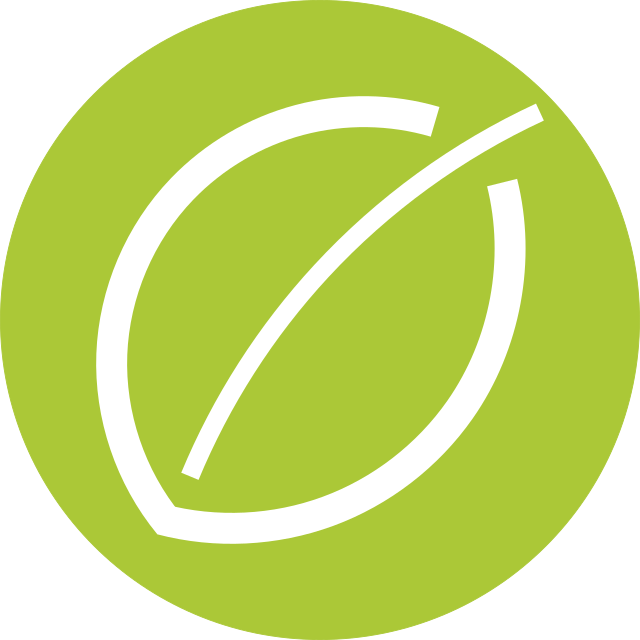
May, 2016
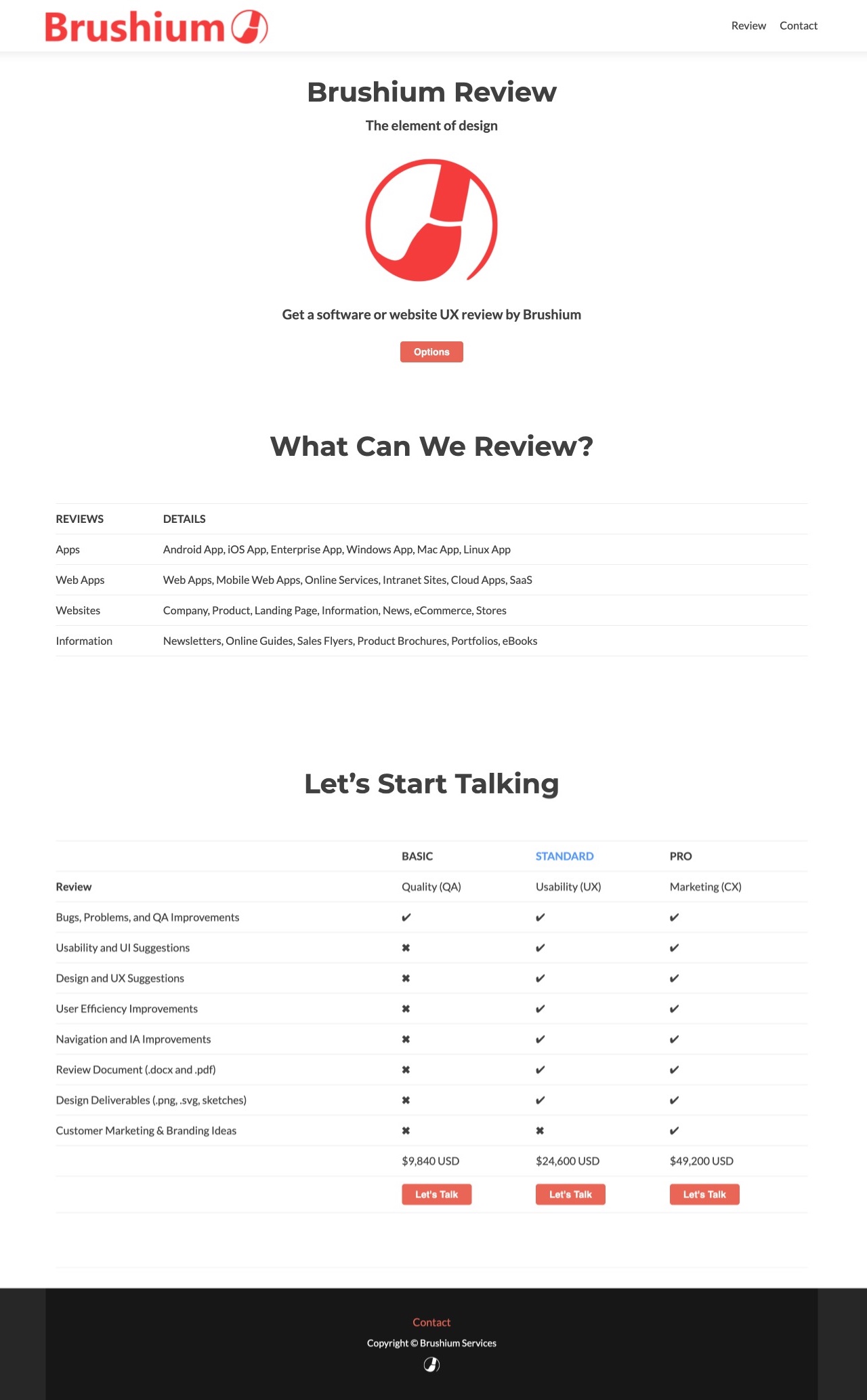
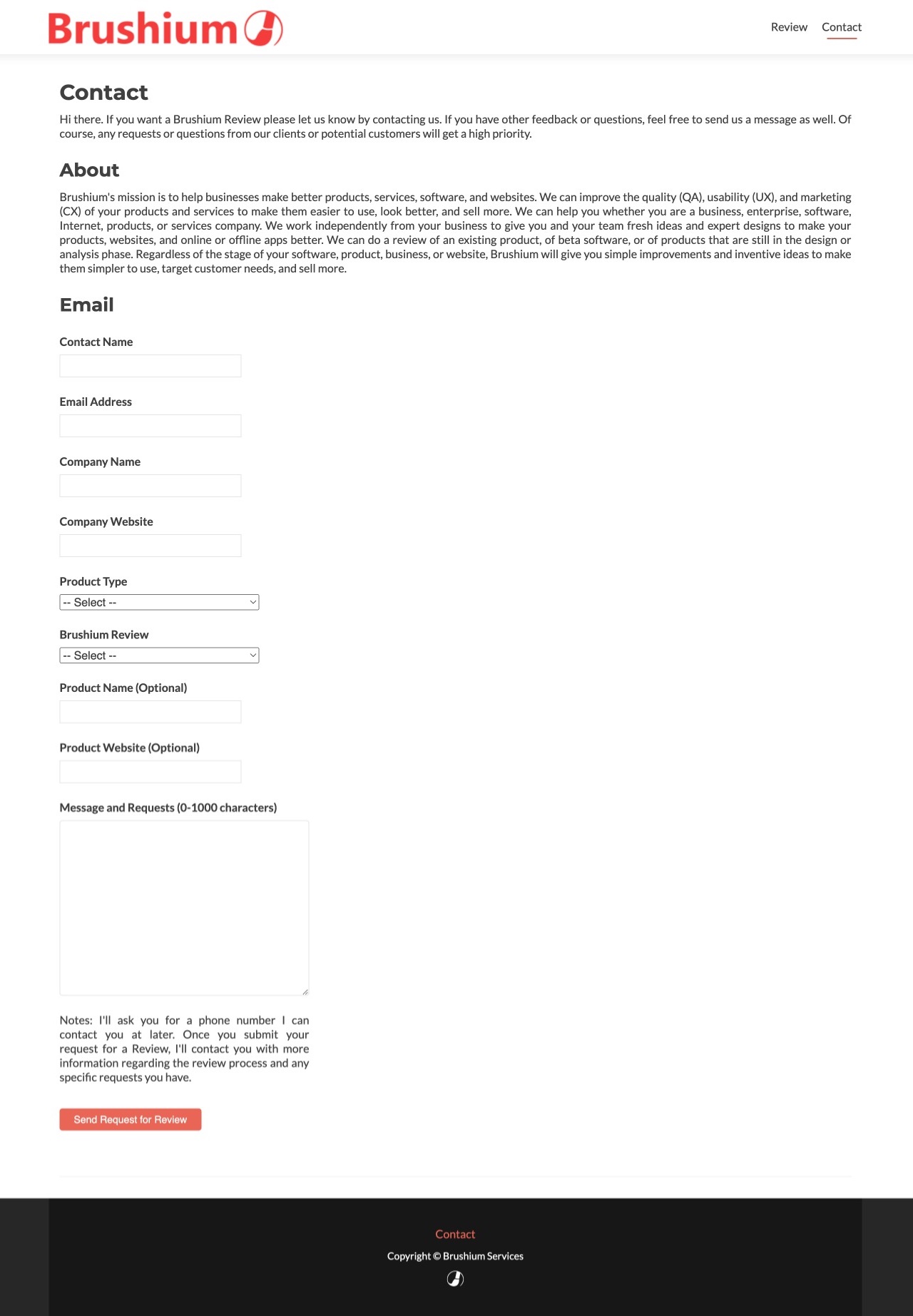
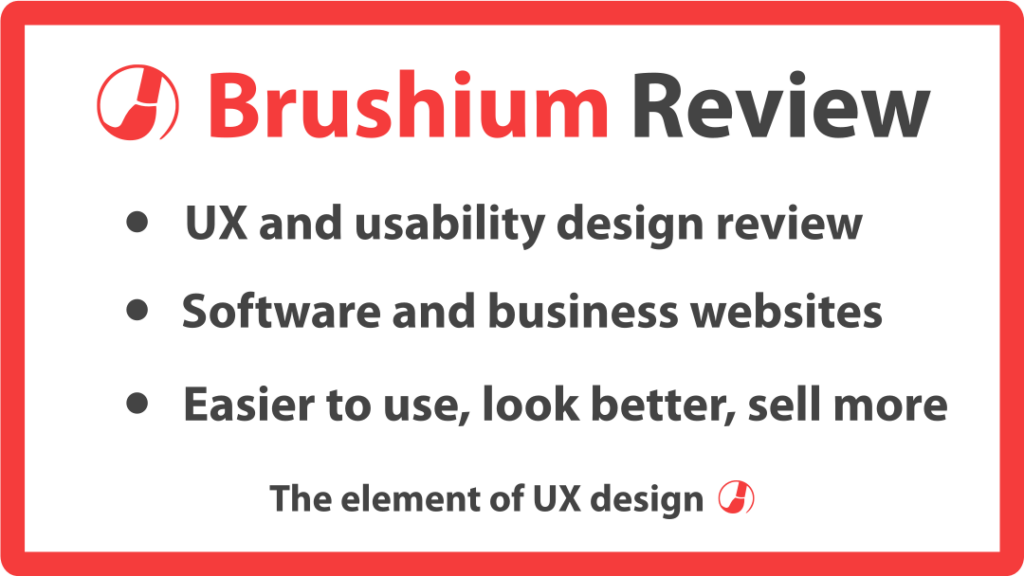
April, 2016
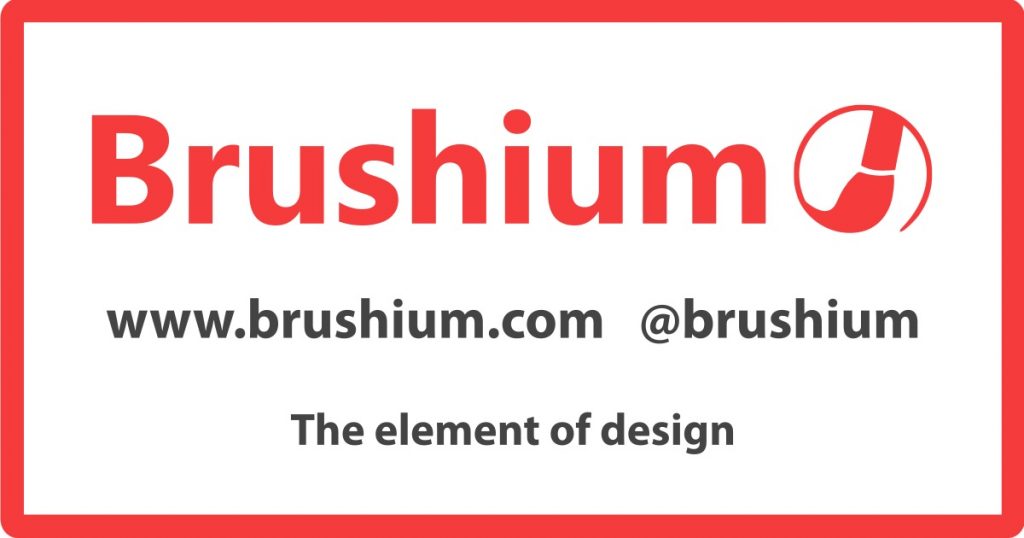
April, 2016

April, 2016
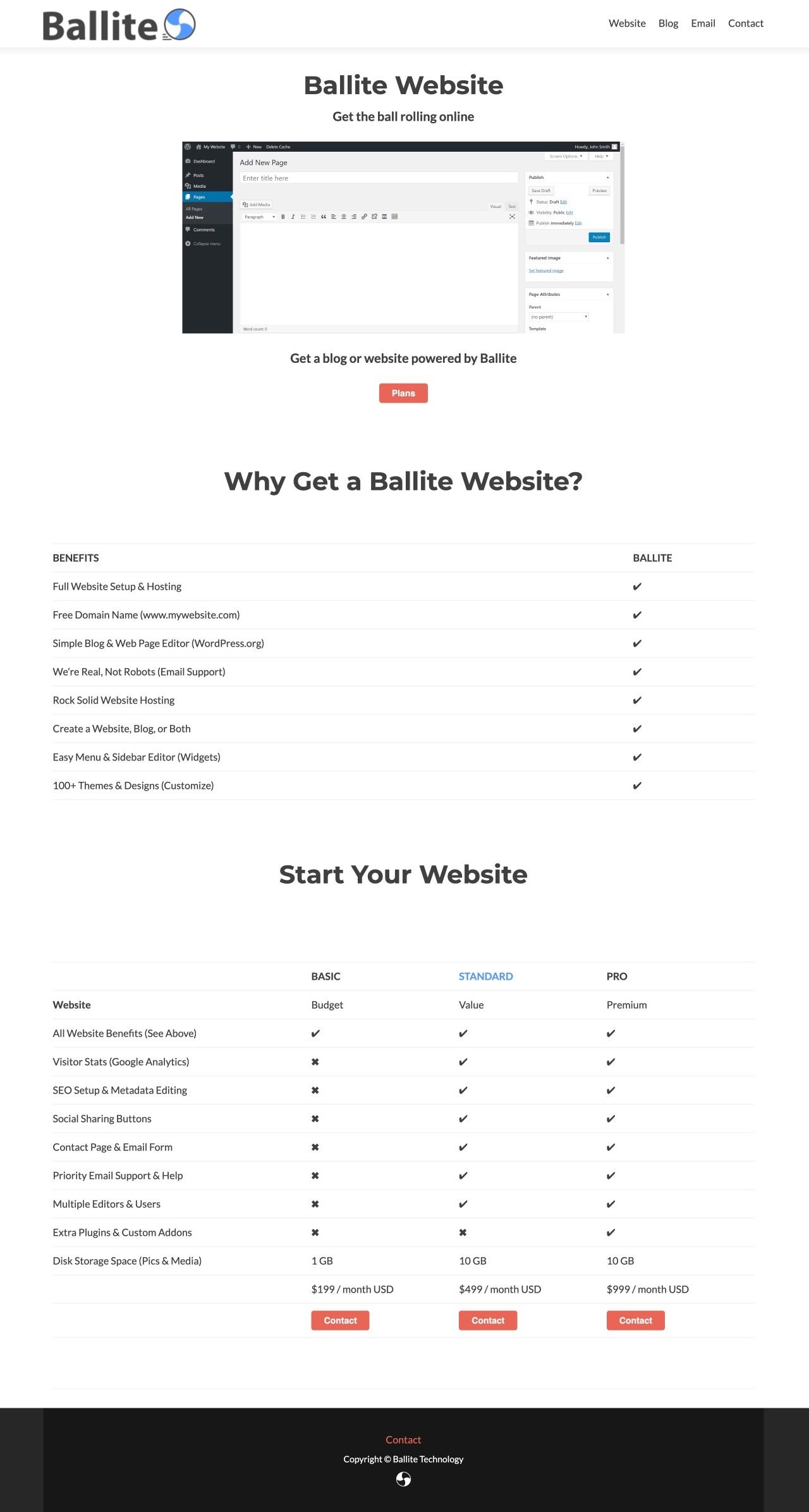
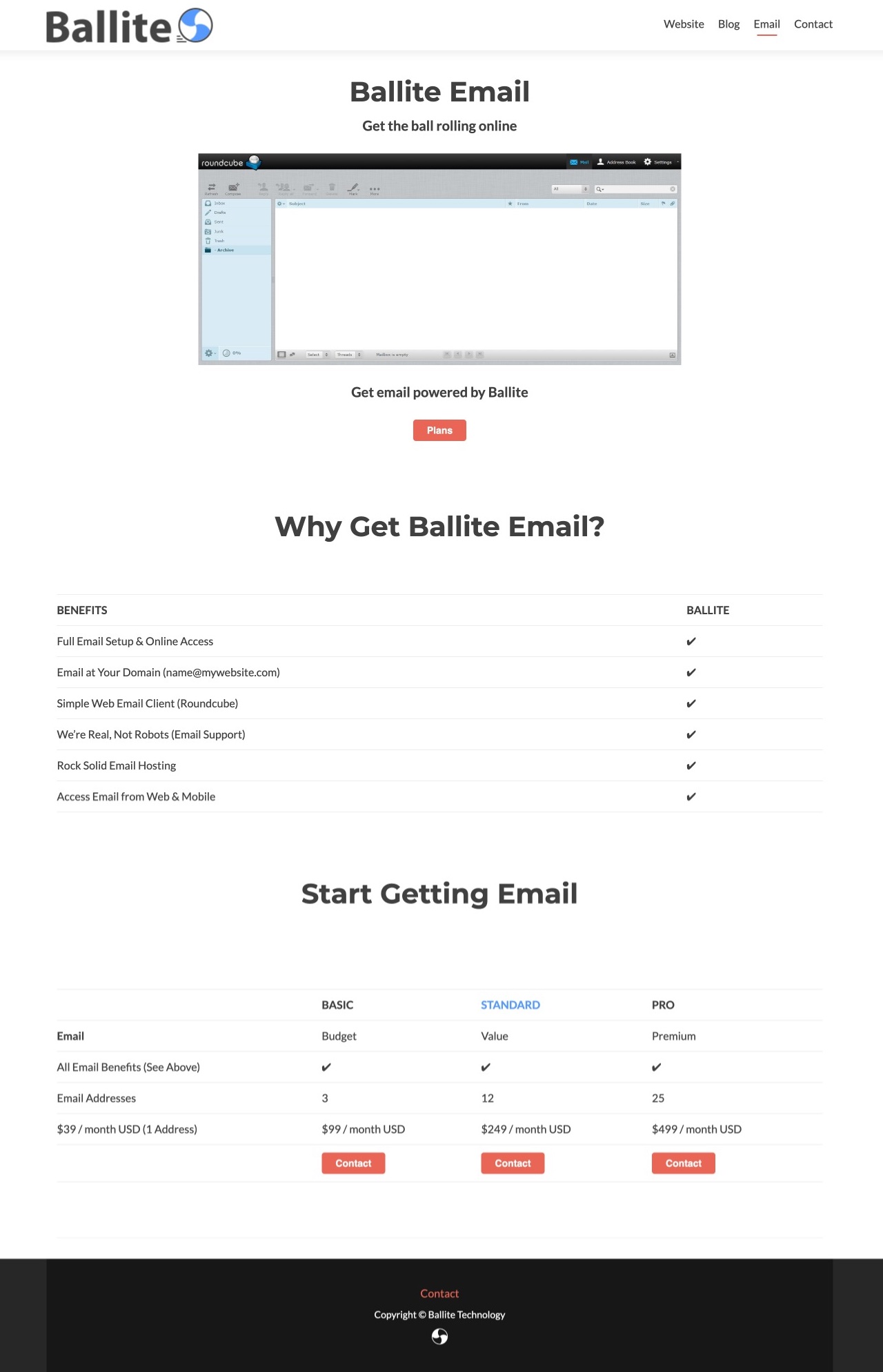
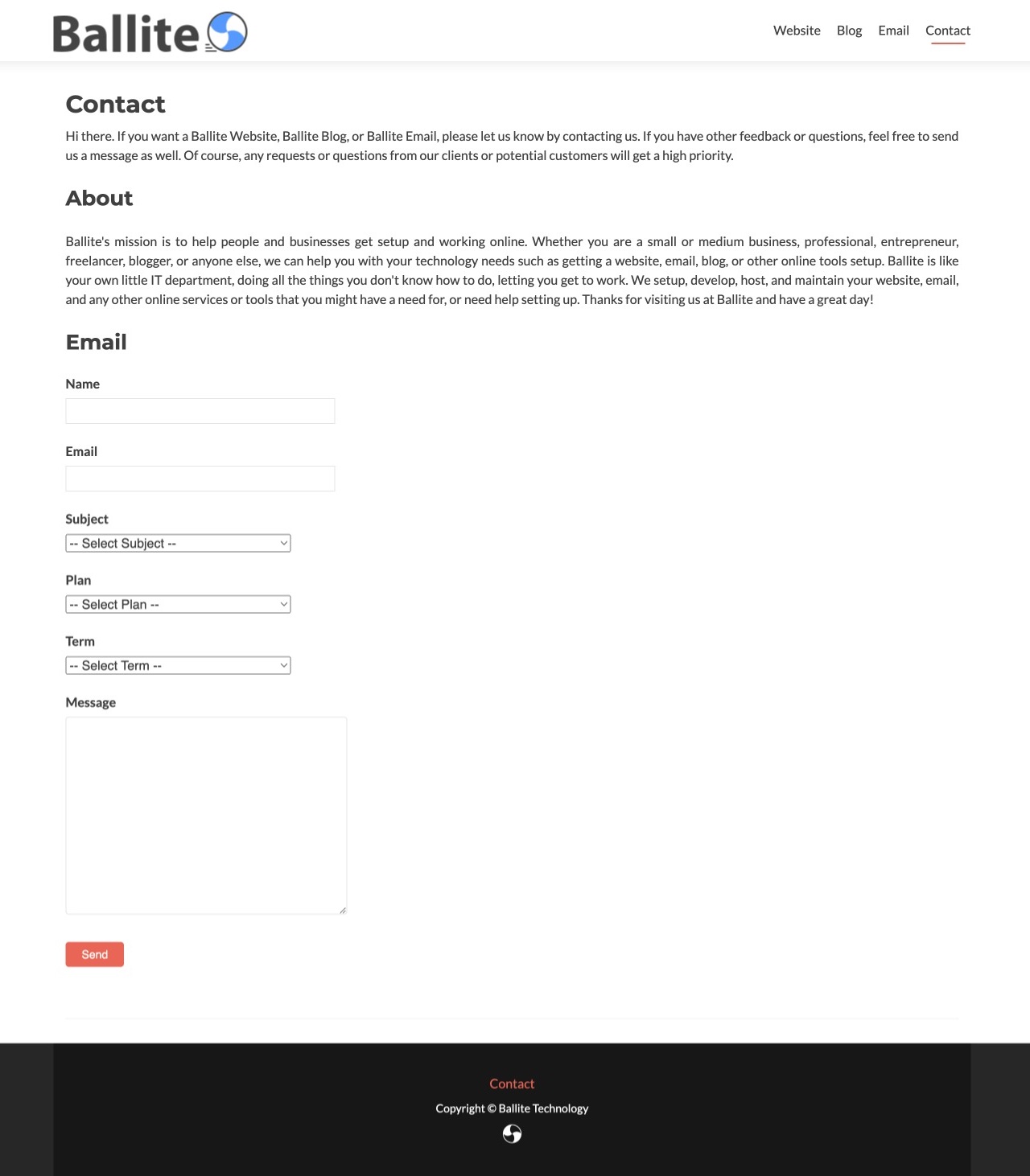
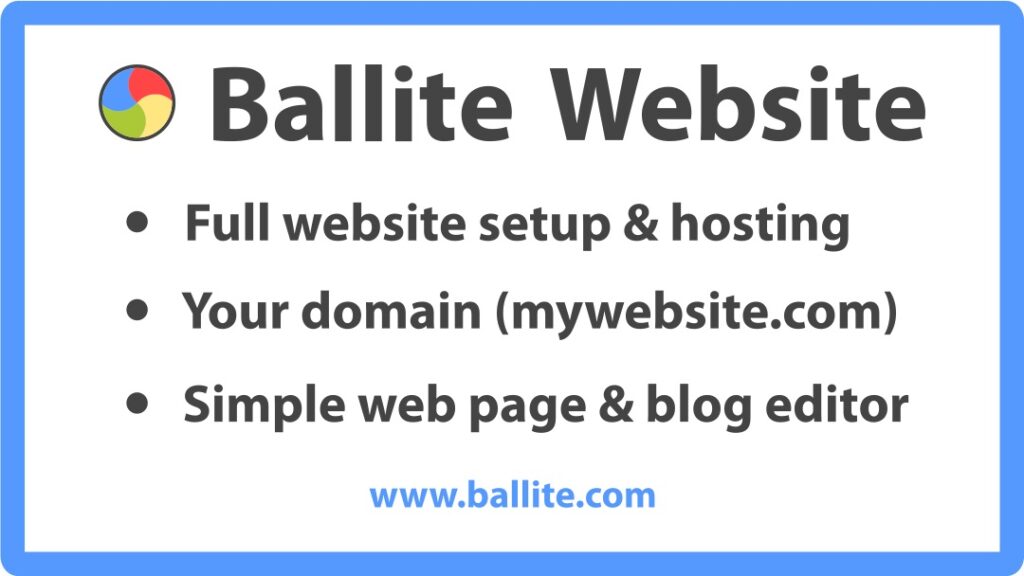
March, 2016

March, 2016
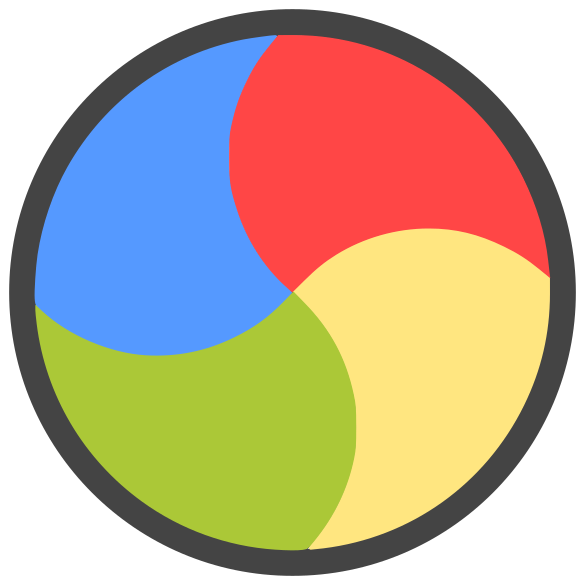
March, 2016
You've likely heard that Apple has made the Swift programming language open source. Of course, this means that developers could potentially be able to use Swift to make software on other platforms. That could eventually include Linux, Android, Windows, and web applications. I'm not completely sure of all the reasons why Apple has made this move. But here are a few ideas and thoughts.
Likely, Apple would simply like Swift to become more popular. If Swift becomes so popular that it is used for other platforms, then developers who have learned Swift might be more likely to build native apps for OS X and iOS at some point.
I believe Swift's first and foremost role at Apple will continue to be building native OS X and iOS apps, likely using Apple's XCode development environment. And Apple's main goal is still likely to get developers making native apps for their devices and computers. But anyone who learns Swift will likely think of building an app for OS X or iOS at some point, even if they first used Swift to build an app on Android or another platform.
Students are basically the developers of the future. By making Swift open source, it gives Swift a chance to be used as the basis for University or College classes. And if schools are teaching Swift, then businesses might want to make software using Swift because they have a bunch of young developers who already know the language.
At the same time, it makes it so that anyone, young or old, can use and learn Swift for free. While open source and free aren't the same things, it does essentially mean that anyone can learn Swift pretty easily now. They won't even need to get a Mac to learn Swift. But I think Apple still hopes that eventually they will get or use a Mac, whether it's at home or at work. That's because Swift will still be best used to build native apps on Mac and iOS.
Apple at one point was largely targeting creative professionals with their Mac computers. But it seems they are trying to work their way into the enterprise more and more these days. They worked a deal with IBM to create iOS apps. And I wonder if open sourcing Swift could lead to many more enterprise customers for Apple as well.
While a large amount of enterprise software is shifting to the cloud, it doesn't mean that businesses don't still use or build software that isn't only web-based. Client-server applications are still used by most big businesses. It also doesn't mean that businesses won't ever find reasons in the future to make some software for a specific platform.
If Apple can figure out a way to get more enterprises to build custom software for Macs, they have a whole whack of money to gain. We're talking about huge businesses deciding to make custom client-server software on Macs, and outfitting their whole company with iMacs. Companies like Oracle, Microsoft, IBM, and HP are making all this money now. I don't think Apple is a big player in the enterprise space, but it doesn't mean they never will be. Maybe the announcement of Swift being open source could help Apple work their way into the enterprise.
Making a programming language and framework to build applications is not easy. When you make something open source, you basically gain a whole bunch of people who will help you build something without having to pay them. You also gain a community, hopefully making people feel like they are helping to build something together.
I think it's worth noting that making something open source and building a community around it hasn't been something Apple has done a lot of in the past. It will be interesting to see if they can do a good job with open sourcing Swift. I think Google and Microsoft have so much more experience in this area, and kind of make it look easy. Apple could go through a big learning curve with this approach, similar to their troubles with making cloud software. You know, things like MobileMe, iCloud, and Apple Maps. Being open like this certainly hasn't been Apple's strong point either. So we'll see how well they are able to pull this idea off.
Google chose to use Java for Android, likely for many of the reasons above. Java was extremely popular both at schools and at enterprises. It was being used by students to learn programming, and enterprise developers were using it to build huge client-server applications, and also large business web applications and websites. Because so many developers already knew Java, it was easier for them to try making an Android app.
Similarly, PHP is being used for creating a large amount of the smaller websites and blogs on the internet. WordPress became extremely popular, largely because it is built using PHP, an open source programming language. And because WordPress itself is open source. Microsoft and Oracle could get big enterprises to use their programming tools and languages, but ended up losing a lot of customers because hosting a WordPress website is so much cheaper.
Apple is kind of following in Android's and WordPress' footsteps with this move. They want Swift to get more popular. And to do that, it needs to be free to use, and available to learn on platforms other than Macs.
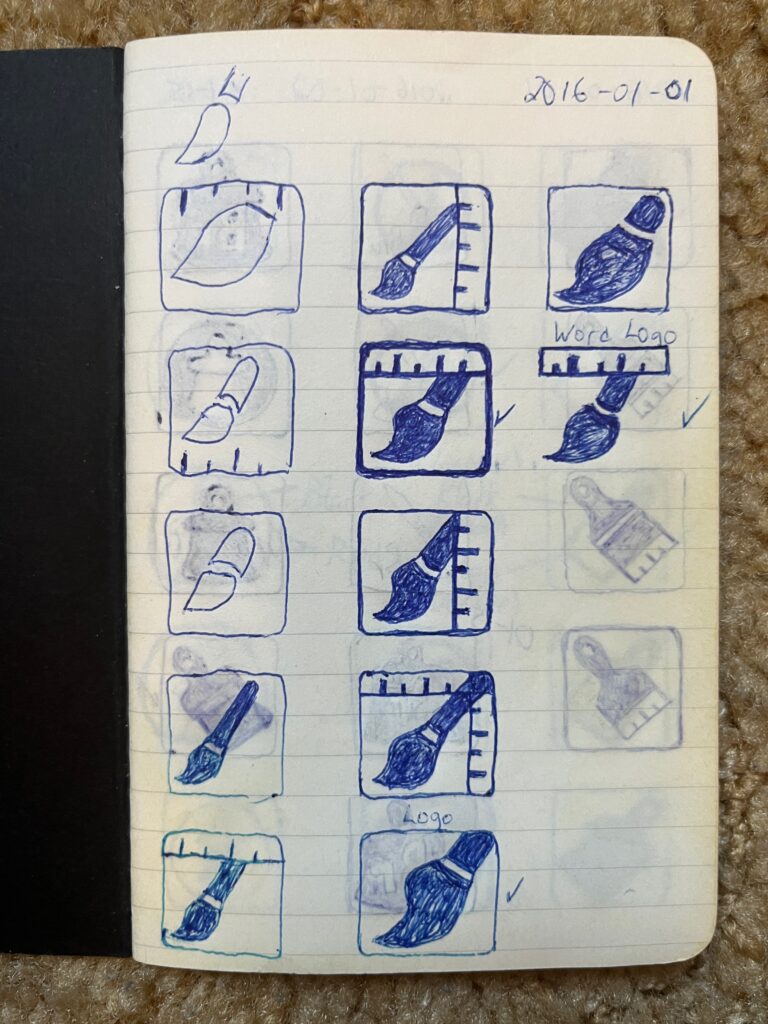
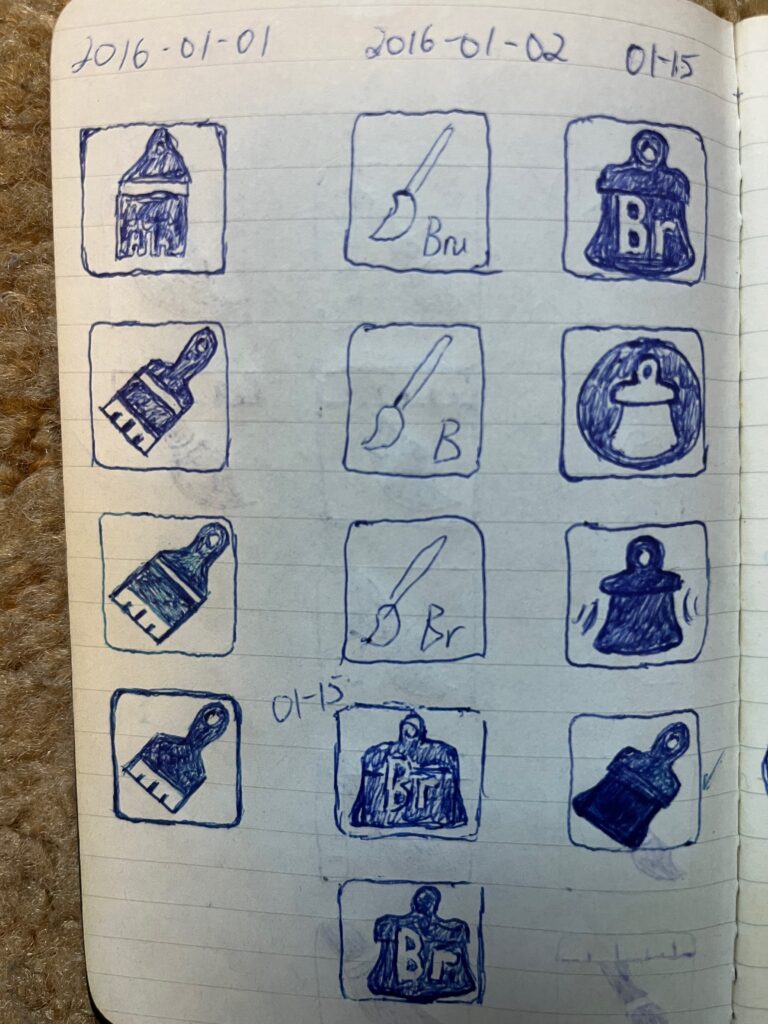
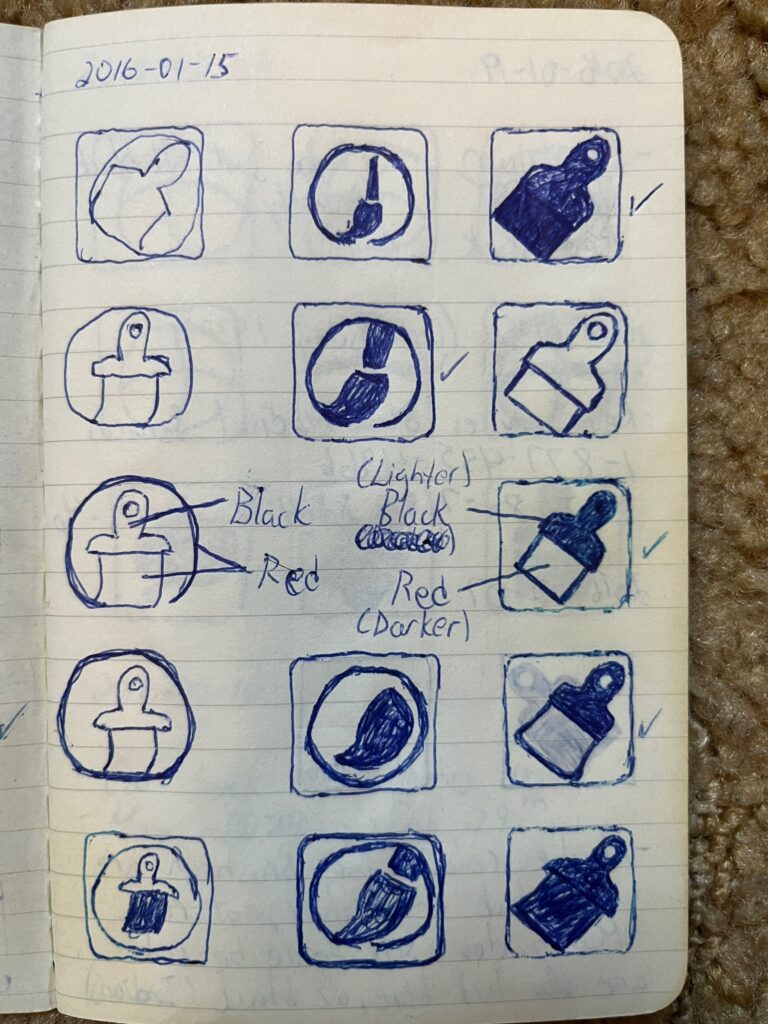
January, 2016
What is the Oilers roster and who should play on lines together? I play armchair coach and try to make the best Oiler lines and depth chart from their current players.
After watching the majority of the Oilers games this season, I couldn't help but evaluate the players and start thinking of line combinations. So I thought I'd have a shot at what I think the Oilers and McLellan could do with their lines and roster. These lines are based on getting the most out of their current players, both for right now and looking forward to the future.
OK, first of all, I do at least know Slepyshev is a left winger. And I realize moving Yakupov to play center is absolutely insane. Maybe one way to put it is that I'm not smart enough to know just how insane it is. But with that said, I'm not a purely casual watcher, or completely uninformed. Even though I'm no scout and I have never played any high level hockey, I love watching what is actually going on in the game. I've watched fairly closely at times as I've enjoyed the games this season. And I've done a bit of reading about these players in coming up with this set of lines too.
But if you think one of these ideas is stupid, you are most likely right. I'm really just another guy with an opinion. I don't know the Oilers in and out like some people who have been avid fans for the last 5 years. And I certainly don't know as much as coaches, scouts, or ex-NHLers who actually evaluate players better than I ever could. Please write your own article about all the reasons Yakupov can't play center for instance, and contact me with the link. I'd be interested in reading it. Or even better, try to write down your own full set of lines and roster. It would be neat to see how other people think the lines and depth chart of the current Oilers should be drawn up and why.
And what is he doing? As far as I can tell, he is trying out different line combinations and making players know that there can and will be changes. Just because they play with someone doesn't mean they are in a linemate marriage which will never be broken up. Basically, you need to be able to play with different people. And he is going to try to find what combinations work best. However, he is doing that while also providing some consistency at the same time. For instance, Yakupov and Pouliot have played together a lot, even after McDavid got injured. Nugent-Hopkins and Hall have been together for quite a while.
But McLellan sure showed that he would make changes if needed. Boom. McDavid and Hall split up after the first regular season game. That was a surprise. Again, I'm not super informed, but I think he really believed in McDavid and Hall being a duo. While Nugent-Hopkins and Eberle would be another duo. He gave them the pre-season and one game together, but decisively tried something else when he felt it wasn't working well.
I won't go into a history of what all McLellan has done with line combinations this season. But I really like so many of the different changes and little adjustments he is making. Like the move to separate Hall and McDavid, putting Draisatl with Hall and Nugent-Hopkins, and Eberle coming back on the third line. The injuries aren't great. But they have allowed the team to evaluate players lower down in the depth chart early on in this Chiarelli-McLellan rebuild, or really "build" I would say. The possible lines I've layed out take into account some of the changes McLellan has already made, as well as players Chiarelli has brought into the team.
OK, now the fun part. I've been thinking about different lineups since the first game. My overall idea for the team is to make the top 2 lines only have players on it that have good skill, but also really good hockey sense and passing ability. I think Hall, McDavid, Eberle, Nugent-Hopkins, and Draisatl all fit into that category.
In doing this, I think you are going with the Oilers strength. To continue with the move to put Draisatl, a great passer and quick thinker, on a wing on the top 2 lines instead of having him center the third line. To move Yakupov to the third line, because he can't keep up with the passing of those other players. To put another player who can think nearly as quickly as those other players with them. To not put a big checking winger as a third piece to the top line duos, but keep those big wingers for the third and fourth lines.
So, I'd try to pack those top 2 lines with great passers, maybe even more so than great skilled players. I also understand the idea of putting some of these scoring duos with a fast, capable, forechecking big man. My thinking is that the Hall/Nugent-Hopkins and McDavid/Draisatl duos are big enough and strong enough on the puck in the offensive zone that you don't have to put them with a big guy like Pouliot, Korpikoski, or Slepyshev. They are also capable defensively, with Nugent-Hopkins, as well as McDavid and Draisatl, a former center.
So I wonder if you can pack those top 2 lines with another good passer and scorer, and not have to worry about their forechecking ability or defensive ability. Someone who is more likely to make the smart pass to them, than shoot the puck every time. Or to find the open ice for a pass from them, since they are all good passers too. Someone like Purcell.
This leaves the lower 2 lines to be focused more on defense. One thing about going with this strategy could be that you let your players know this fact. It gives the 3rd and 4th lines a role to live up to. They know that while they are all good players that can score, that they want to focus on defense just as much or more than offense.
So these bottom 2 lines eventually get packed with 4 big wingers who are good forecheckers. It just so happens the Oilers already have quite a few of these. Pouliot and Slepyshev, who also have speed and some scoring ability. Korpikoski, who Chiarelli traded for. Gazdic and Klinkhammer. These lines are also packed with players who have speed if possible. So they can hang with top skaters on other teams. Yakupov's speed in the middle could help with defense, and it moves a smaller player to the middle of the ice. The bigger wingers can get the puck wrung around the boards out, and hopefully be the first into the corners more often in the offensive zone. Letestu is a veteran center put with Yakupov so he can help him with the defensive side of being a center. Letestu can take the draws for now.
These lower lines should still have the ability to score though. And without having to "balance" the lines on purpose by moving great players like Eberle or Draisatl to the third line. Offense is the best defense. Having good offensive players like Yakupov and Pouliot on that third line gives you a chance to score still. All of Letestu, Yakupov, and Pouliot can put the puck in the net, without having to worry about making a lot of great passes like the gifted awareness and passing plays of the players on the top 2 lines. Dump or get the puck in the offensive end, and try to get the puck to Yakupov playing center, to beat a guy and score.
Oh, and if Yakupov playing center is just horrible, just switch him and Letestu. I still like this set of lines. If that big change doesn't work out, I'd still go with these same lines, but with Letestu centering the third line.
So I made the top 2 lines be "smart" players with great hockey sense only, and the bottom 2 lines be focused more on defense, but still with enough offense to score. However, I also ended up making these lines balanced in certain ways. There is at least one older player on each of the lines. Purcell on line 1, Eberle on line 2, Pouliot and Letestu on line 3, and Korpikoski on line 4. There is one very fast goal scorer on each line. Hall, McDavid, Yakupov, and Slepyshev. There is a great passer on each of the top 2 lines, with Nugent-Hopkins and Draisaitl. Of course the other 4 players on those lines are also good passers, being "smart" players who can make quick decisions. While not great passers, Letestu and Pouliot both play an overall game, and can set up Yakupov on the third line too.
There is depth at center, so any injuries can be handled easier. Draisatl and Letestu can be moved over to center. But if this works, I would strongly consider always leaving Yakupov at center, and rarely ever the wing except for special teams. I only changed the positions of Yakupov, Letestu, and Slepyshev, two of which are quite low on the depth chart right now. I guess Draisatl too who had been moved to right-wing first. But with these changes all players would now play on their correct sides. With right-handed players on RW and left-handed players on LW. Unfortunately, the same can't be said for the defense. Reinhart is forced to play the off side with the decision to put Nurse and Reinhart together.
Putting so much scoring on the top two lines means that an injury to one player doesn't make the line poor offensively. You can move any big winger like Pouliot, Slepyshev, or Korpikoski up with any 2 of the top 6 players. The worst injury would be Hall, with Slepyshev or Pouliot probably moving up to play with Nugent-Hopkins and Purcell. But that is still a pretty good line, and you might play the Yakupov line a bit more if Hall goes down. Remember I'm looking towards the future too. The hope is that Yakupov and Slepyshev are only going to get better.
These line ideas have been made looking towards the future. Is Fayne better to have playing right now than Davidson? Probably. Is Hendricks a better guy to have on a 4th line than Slepyshev, and leave Slepyshev in the AHL? Yep. But I've made up this possible line list really thinking about who I would keep on the roster going forward. I was thinking about how I might pair players together even in late 2017 as much as right now. Who I think I would really want to play together a year or more from now. But this roster is also for right now. Basically these are lines that I would also go with right now.
A luxury I have in writing an article like this is not dealing with all of the headaches of a real roster. Putting a lineup together every night is what is really tough. Especially with all of the injuries the Oilers have been dealt with this year. Mixing and matching has been done very well by McLellan. I'm looking at a bigger picture really. This set of lines and roster is made in a perfect world where there are no injuries, and no big contracts for players who you might want to leave off the roster. It's more of a depth chart of the players I think should be a part of the team. But also with an assessment of who I think would work best together based on just the games I've seen this year, and what has been tried so far by McLellan.
It's possible I missed someone. But for the most part, if I haven't included someone, I am not that high on them being in the roster going forward. Again, I understand that some players I have left off should really be in the lineup now, over someone like Davidson for instance. I thought about listing these players in a "Trade" or "Gone" section, but figured that would just be mean. But who I've left off of this roster says as much about my assessment of the players as who I have in the lineup. Also of note is the guys I marked as "Veteran". Those are players I would keep on the roster for now more for their experience. But I expect that younger and more talented players will replace them going forward.
I was going to go into more detail, writing about each forward line and defensive pair. Explaining more of why I might put them together. For instance, why I might move Yakupov to center, put McDavid with Draisatl, or Nurse and Reinhart together. However this is quite long already, and it explains the main idea of the lines. I might write a second article some time about the ideas behind each line, including more of a scouting report for each player so far this season.
I mentioned earlier that I'm not an expert, but just a guy with an opinion after watching many of the Oilers games so far this season. Unfortunately, I'm also not a true Oilers fan. I haven't been watching or keeping up with this team for the last few years. So I don't want to punch someone every time Yakupov gives away the puck in the neutral zone trying to stick handle around 3 people. And my Facebook status every other week for the last few years hasn't been "Hey do you think the Oilers could trade Nugent-Hopkins away for X?". I haven't had my hopes and dreams crushed over the last decade, seeing the Oilers at the bottom of the standings again. I actually like watching all these young players. And it's been so much fun watching some NHL hockey games again, and having a team to cheer for.
But flat-out I am jumping on the bandwagon to be an Oilers fan again. I haven't watched too much hockey the last seven years or so, other than World Juniors and Olympics. I played hockey in the 80s and 90s when I was younger. I was a huge Oilers fan the whole time, growing up in the prairies. And of course Gretzky was my favorite player, along with Fleury later.
I just really wanted to watch McDavid and my old favorite team after not watching NHL hockey too much. You can kind of think of me as an informed fan, not a real true Oilers fan. Kind of like McLellan and Chiarelli deciding to go to Edmonton because they know the Oilers have a good core of young players. I've decided to check out the Oilers and join the McDavid and Oilers bandwagon. Even though they are last in the division, it's sure been fun watching them so far, even with McDavid out. Time has flown by watching them and so far I have stayed on and enjoyed the ride on the bandwagon.
I guess Mozilla just couldn't wait until iOS was 10 years old. The Firefox web browser has finally been officially released for iOS, eight and a half years after iOS was first introduced with the first iPhone.
In my mind, the release of Firefox for iOS is important for one main reason. We now have the ability to sync bookmarks to Firefox on iOS. For the majority of people out there, that is all that really matters.
You can count me as one of those people. Like many other people I'm sure, I used Firefox as my main browser for quite a number of years. When I bought my first iOS device, a 2G iPod Touch, I had to figure out which browser to use. For quite a while I still used Firefox on the desktop. My journey took me to drop Firefox on my desktop for Safari, then to Mercury which used Firefox Sync, then back to Safari, and finally to Chrome.
The only real reason I switched was because I couldn't easily sync my bookmarks in a fully supported way with an iOS Firefox app. I really think that Mozilla unfortunately underestimated this impact and lost a boatload of dedicated users simply by not having an iOS app that synced bookmarks. While it might have mattered to Mozilla, it wouldn't have mattered much to users if it was a little slow or didn't use its own rendering engine. And a large majority of those people who switched to sync their bookmarks to their desktop aren't going to go back to Firefox now because they already switched.
You think that in, say 2005, that it was tough for Mozilla to compete with Microsoft's built-in IE browser? Yes, it was extremely difficult since IE was installed by default and Microsoft was a behemoth of a software company. Firefox slowly gained more and more users as more and more people became more knowledgable about computers. Some of those people looked into using a different browser.
But how about the competition now. Google has a crazy amount of money and the most dominant mobile platform with Android. Apple has a ridiculous amount of money too, and anyone with a Mac will simply use Safari. Not to mention Microsoft has recently released Windows 10, which has a built-in browser that is much improved, with Edge. If you follow my logic though, Mozilla actually has a leg up on Microsoft now, since Edge isn't yet available on Android and iOS mobile platforms yet. So you can't sync your bookmarks, er I mean favorites.
But however you look at it, it's only going to be tougher for Mozilla to gain back users that it lost by not having Firefox and bookmarks syncing available on iOS. Google and Apple are both as big as Microsoft now, and all three of those companies put a large amount of effort and resources into building their web browser. But at least going forward Mozilla can now promote Firefox being available on iOS, which will interest some people into giving it a shot on their laptop or desktop again too.
Here are some of the features highlighted by Mozilla on the Firefox for iOS App Store page.
Experience a fast, smart and personal Web. Firefox is the independent, people-first browser made by Mozilla, voted one of the Most Trusted Internet Companies for Privacy. Upgrade today and join hundreds of millions who depend on Firefox for a more personal browsing experience.
FAST. SMART. YOURS. Firefox is made with you in mind and gives you the power to take back control of your Web experience. That’s why we design the product with smart features that take the guesswork out of browsing.
SEARCH INTELLIGENTLY & GET THERE FASTER
- Firefox anticipates your needs and intuitively provides multiple suggested and previously searched results across your favorite search engines - every time.
- Easily access shortcuts to search providersBROWSE PRIVATELY
- Your personal information belongs to you. In Private Browsing mode, Firefox won’t remember any of your history or cookies, but new bookmarks will be saved.
- Delete your browsing history, passwords and more in a single tap.
- Choose the private data you want to remove.
- **iOS 9 required for Private Browsing mode**SYNC FIREFOX ACROSS YOUR DEVICES
- With a Firefox Account, access your history, bookmarks and open tabs from your desktop on your smartphone and tablet.
- Firefox can also remember your passwords across devices so you don’t have to.INTUITIVE VISUAL TABS
- Intuitive visual and numbered tabs easily let you find content for future reference.
- Open as many tabs as you like without losing track of your open Web pages.EASY ACCESS TO YOUR TOP SITES
- Spend your time reading your favorites sites instead of looking for them.
We may have Android PCs and laptops by 2017, which could compete more directly with Windows and Mac computers. This has been rumored before, but this time it comes from the Wall Street Journal, a pretty reliable source.
It makes complete sense to me that Google will eventually make "Android for PC". Android is an extremely popular mobile OS, so a lot of those apps could also run on a desktop OS. Google has been making an Android OS for pretty much every other platform over the last couple of years, except for the desktop. This includes their decision to make Android Auto, Android Wear, and Android TV. And thirdly, even though Google has focused on the cloud for desktop, there are still limitations to a desktop operating system like Chrome OS which doesn't support native applications.
It's great to run software in the cloud so it is cross-platform. But there are still cases where native apps work better, and we can have the best of both worlds. Games is one of those categories. Google could make a large amount of money just from Android for PC games. Also any applications which could benefit from locally saved data will also work better with a native desktop OS. This includes productivity apps and even apps for photos and music.
I know browsers continue to get better with saving data locally, but just being able to have your own files on your computer is still better in many cases. Or to be able to install Dropbox for your Android PC if you use Dropbox instead of Google Drive. While most software is also moving online as well, there are still many people who will buy a Windows 10 computer instead of one with Chrome OS, just because they like having their files offline on their computer as well.
I'm completely oversimplifying here, but as a very simple implementation, Google could almost just add a taskbar at the bottom for Android for PCs. I'm not saying that is all they will do or should do. They want to do something similar to Microsoft where an app can be created for all platforms, but the UI looks different on the desktop than it does on mobile. But I'm just saying that to me the biggest difference is just that taskbar at the bottom. That is why I thought Windows 8 didn't work without a taskbar, and why I believe Microsoft made the correct decision with Windows 10 to bring Windows Store apps into windows on the desktop.
One advantage that I believe Google has over Microsoft and Apple, is that they don't have to support legacy applications. While mobile Android apps are not designed for a large screen, at least they would run on a version of Android for PCs. It's not like the difference Microsoft has between the Windows 8 and later Store apps, and original Windows desktop "programs". Google does need to support Chrome OS apps, but that is kind of given. They are supporting them on every desktop OS, through Chrome. It's not like trying to merge iOS and Mac OS X for instance.
| 🧑 About | 🗺️ Map | |
| 🎓 Scholar | 🩷 Subscribe | |
| ⭐️ Curator | 💎 Support | |
| ✍️ Author | 🔘 List | |
| 📋 Officer | 🔍 Find |